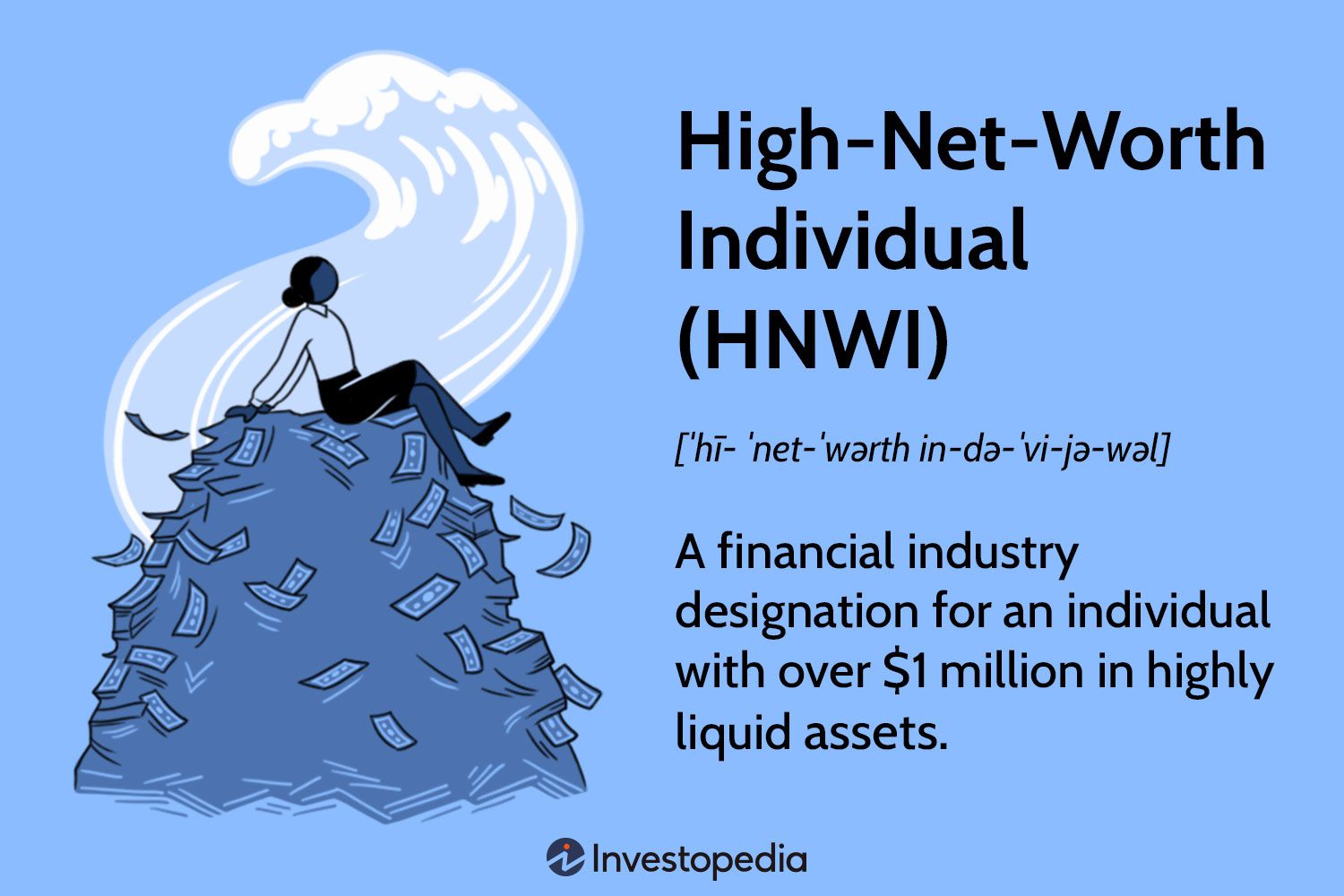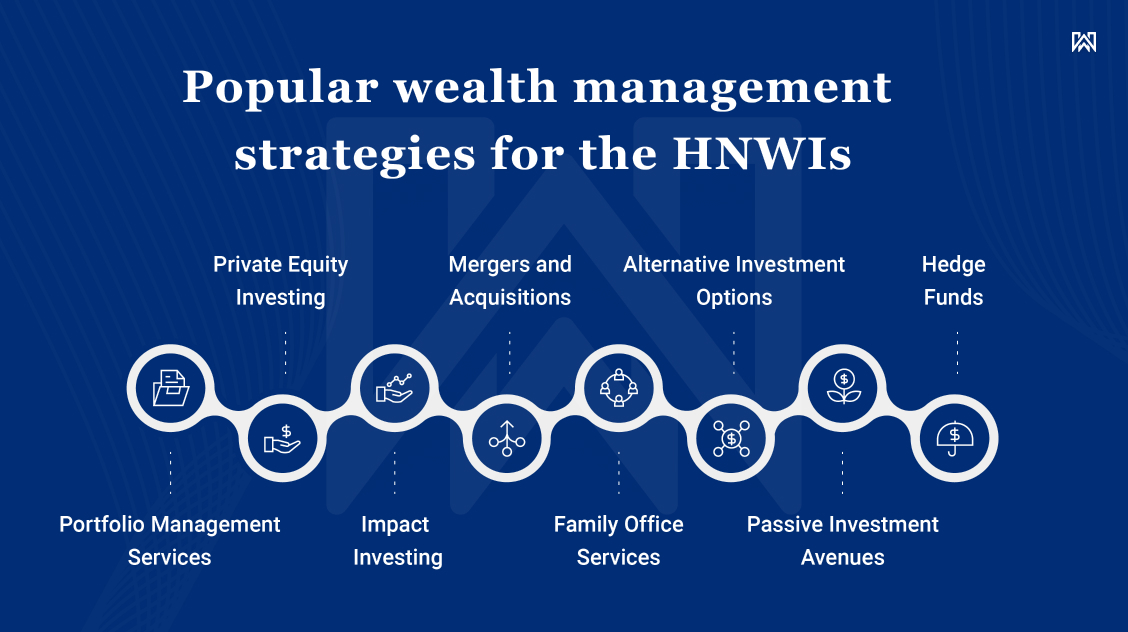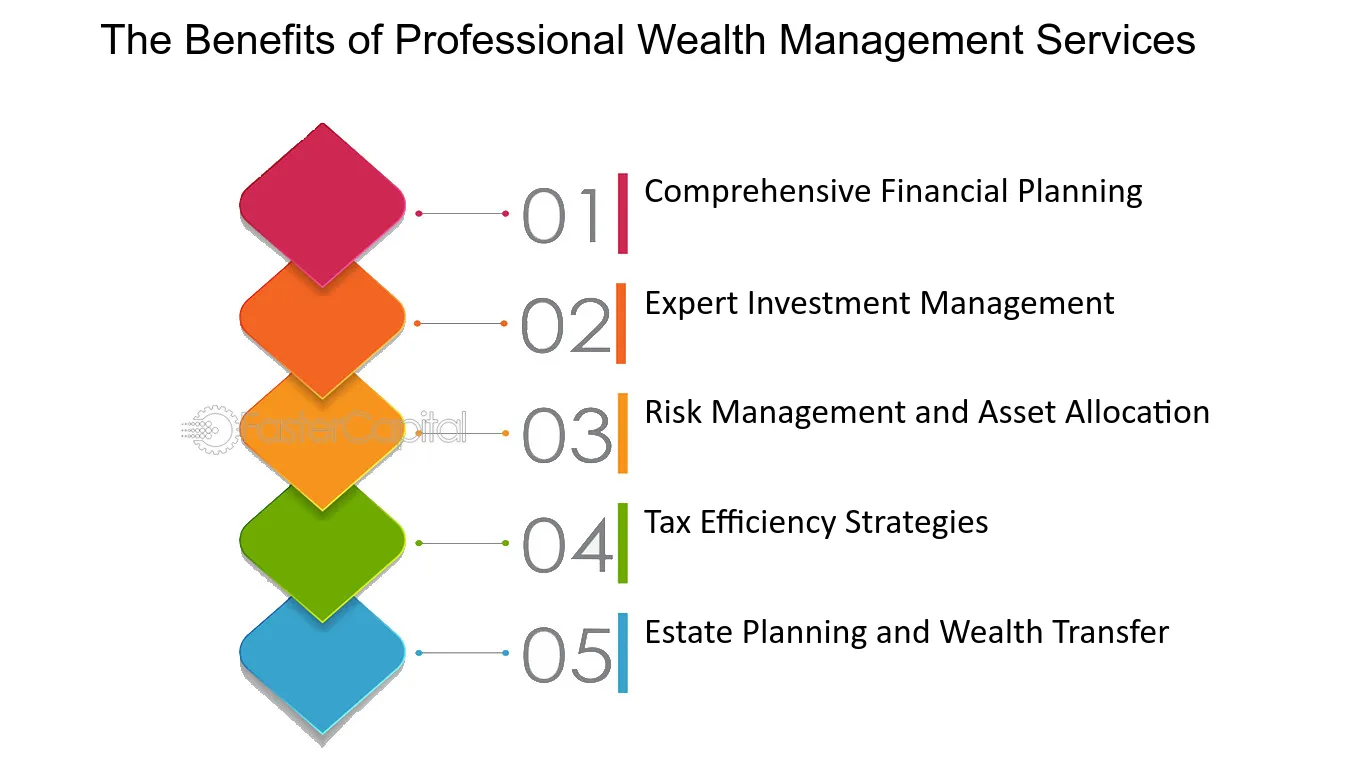High net worth individuals reached a record 22.5 million people worldwide in 2021, with combined assets exceeding $86 trillion in wealth. These wealthy individuals need expert guidance to grow and protect their substantial assets. Professional wealth management plays a vital role in their financial success because managing large-scale wealth requires deep expertise, careful planning, and attention to multiple financial elements.
This complete guide helps wealthy individuals master proven wealth management strategies across their financial planning needs. You will discover effective approaches to portfolio diversification, risk management, tax optimization, and estate planning. The guide also shows how financial advisors create value, what emerging investment strategies work best, and which modern wealth preservation techniques help achieve long-term financial goals.
Understanding High Net Worth Individuals (HNWIs)

High net worth individuals (HNWIs) play a significant role in the wealth management world. These people own investable assets of USD 1 million or more, not counting their primary residence, collectibles, and consumer durables.
HNWIs stand out in the financial world with these unique traits:
The wealth management industry groups HNWIs into three categories:
| Category | Wealth Threshold | Population Share |
|---|---|---|
| Millionaires Next Door | USD 1-5M | Largest group (20.53M individuals) |
| Mid-Tier Millionaires | USD 5-30M | 2.08M individuals |
| Ultra-HNWIs | USD 30M+ | 220,000 individuals |
The world’s HNWI population reveals interesting patterns. North America leads with 7.9 million HNWIs, while the Asia-Pacific region has 7.4 million, and Europe follows with 5.8 million. The United States remains the country with the highest HNWI population. Hong Kong stands out as the city where ultra-HNWIs concentrate the most.
The HNWI segment has grown remarkably. Global HNWI wealth grew by 4.7% in 2023, reaching INR 7270.86 trillion. The HNWI population showed strong growth and increased by 5.1% to 22.8 million globally. Ultra-HNWIs make up just over 1% of the total HNWI population but hold over 34% of total HNWI wealth. This shows how wealth concentrates within this segment.
More than 70% of Ultra-HNWIs have built their wealth themselves. This shows how wealth creation has evolved in today’s economy. These self-made millionaires need sophisticated financial planning and investment solutions to grow their wealth further.
Key Wealth Management Strategies for HNWIs

High net worth individuals need a smart approach that includes various financial aspects to manage their wealth effectively. Studies reveal that 50-55% of total wealth possessed by HNWIs in the US is allocated to retirement accounts, which shows why well-laid-out wealth management matters so much.
Diversification of investment portfolio
A diversified portfolio forms the bedrock of wealth preservation and growth. HNWIs need to spread investments in different asset classes that include stocks, bonds, real estate, and alternative investments. The strategy must select assets with low correlation to ensure market fluctuations in one sector do not substantially affect the portfolio value.
Tax optimization techniques
Tax efficiency is significant to preserve wealth. 40% tax rates apply to gifts exceeding the exemption threshold. These tax optimization strategies can help:
| Strategy | Benefit |
|---|---|
| Annual Gifting | Up to INR 1.42M per recipient tax-free (2023) |
| Retirement Accounts | Tax-deferred growth until withdrawal |
| Municipal Bonds | Federal tax-exempt interest income |
| Charitable Trusts | Tax benefits while supporting causes |
Risk management and asset protection
Multiple strategies protect your wealth and assets. Asset Protection Trusts (APTs) and Family Asset Protection Trusts (FAPTs) help shield assets from legal claims. These irrevocable trusts offer strong protection that transfers asset control to independent trustees.
Estate and succession planning
A well-planned estate strategy helps transfer wealth smoothly between generations. The 2023 estate tax exemption is set at INR 1082.25 million per individual. This makes thoughtful planning a vital part of wealth management. The essential elements include:
Wealth management professionals help coordinate these strategies effectively. They make sure your plans match your personal goals and follow current regulations. Your portfolio’s performance and risk levels stay optimal through regular reviews and strategy updates.
Leveraging Professional Wealth Management Services

Wealth management professionals help preserve and grow significant assets. Financial advisory services charge an average fee of 1.02% of assets under management (AUM) for accounts worth INR 83.77 million.
Benefits of working with wealth managers
Wealth managers provide significant advantages to high net worth clients through their expertise:
Selecting the right wealth management firm
High net worth clients should prioritize firms that maintain a fiduciary standard instead of just a suitability standard as they choose a wealth management firm. The selection process requires a thorough review of the firm’s expertise, track record, and service offerings.
What you need to know about wealth management fees and costs
Wealth management services come with different ways to charge their clients:
| Fee Type | Typical Range | Best Suited For |
|---|---|---|
| [AUM-based | 0.25% – 1.17%](https://www.investopedia.com/articles/personal-finance/071415/how-cut-financial-advisor-expenses.asp) | Larger portfolios |
| Flat Fee | INR 167,531 – 837,657 | Specific services |
| Hourly | INR 12,564 – 41,882 | Project-based work |
Clients with accounts worth more than INR 837.66 million typically pay management fees around 0.50%. These rates become more attractive as the asset value grows.
Building a strong client-advisor relationship
Trust and clear communication form the foundation of successful wealth management relationships. Effective relationship managers balance curiosity, compassion, and commitment and demonstrate expertise in:
Strong client-advisor relationships thrive through regular portfolio reviews and transparent communication that help arrange financial goals with risk tolerance levels effectively.
Emerging Trends in HNWI Wealth Management

Technology and evolving investor priorities have significantly altered the wealth management world. Statistics reveal that WealthTech companies raised over INR 292.18 billion in 2020, which marked a 30% increase from the previous year.
Effect of technology and digital solutions
European wealth managers now make digital initiatives their top priority, with 40% of wealth managers in Europe prioritizing digital initiatives. Robo-advisory services provide several key benefits:
Sustainable and impact investing
ESG (Environmental, Social, and Governance) factors now matter more than ever to wealthy investors. 86% of impact investors and 75% of traditional investors now consider climate change relevant to their portfolios. The move to eco-friendly investing stands out especially when you look at younger investors, with 47% of investors under 40 rating ESG objectives as a priority.
Alternative investments (e.g. private equity, hedge funds)
Alternative investments play a vital role in HNWI portfolios today:
| Investment Type | Key Statistics |
|---|---|
| Total AUM | INR 1407.26 trillion (2023) |
| Projected Growth | INR 2445.96 trillion by 2029 |
| UHNWI Allocation | 50% of total portfolio |
| Average Investor | 5% of portfolio |
Individual-specific and comprehensive wealth management approaches
Modern wealth managers prioritize their clients’ experiences, with 71% of wealth managers citing client experiences as their top priority. A hybrid advisory model has become the preferred choice, and 8 out of 10 wealth managers believe AI will complement human-led advisory services. This approach combines technological efficiency with expert human guidance, especially when you have complex financial matters.
WealthTech platforms reshape the scene for mass affluent segments by making services available that were once exclusive to ultra-high net worth clients. Investors can now manage their wealth through mobile devices and access a wide range of asset classes and investment opportunities.
Conclusion
High-net-worth clients need a strategic mix of diversification, tax optimization, and risk management in their wealth management approach. Professional wealth managers orchestrate these complex financial elements and adapt them to market changes and regulatory requirements. The global HNWI population’s growth and their unique financial needs emphasize the importance of sophisticated wealth management solutions that protect and grow substantial assets for future generations.
Technology and changing investor priorities continue to reshape modern wealth management. This is especially true when you have sustainable and alternative investments. Digital tools improve portfolio monitoring and analysis, while ESG factors influence investment strategies for conscious wealth building. Wealth preservation and growth thrive on emerging trends combined with proven financial principles. Expert guidance from qualified wealth management professionals understands high-net-worth clients’ distinct challenges and helps them succeed.




